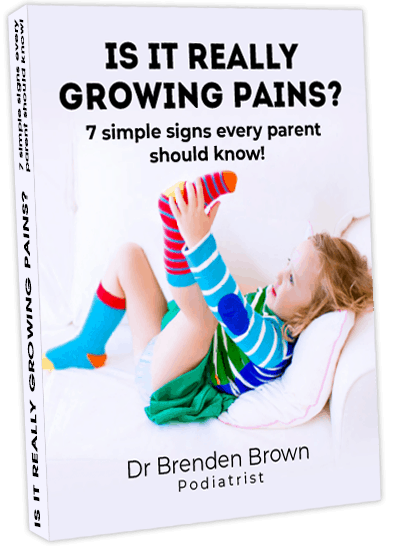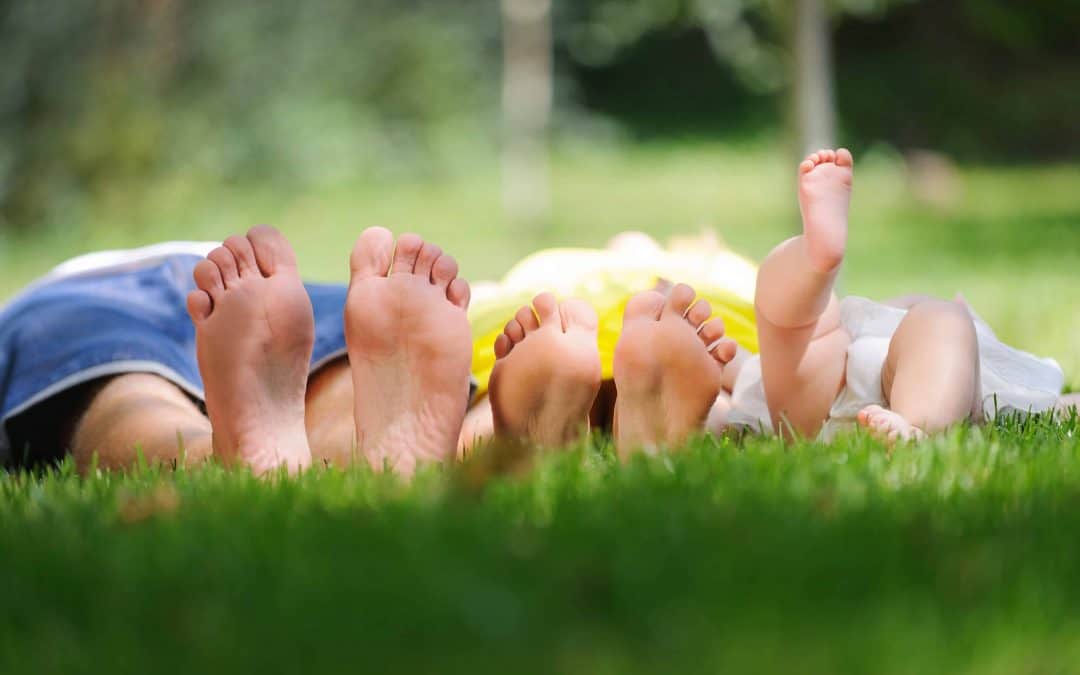
Kids Foot pain – Growing Pain is not a diagnosis!
Kids Foot pain - Growing Pain is not a diagnosis!
It’s common for parents who take their children with foot or leg pain to a practitioner that the pain is simply growing pains and that the only thing that can be done is to wait for the child to grow out of this pain.
No time limit is given for this pain. No solution just wait till the child grows and the pain will somehow go away by itself, time for this? Months or maybe years ! With a vague diagnosis of “growing pains”
Kids DO NOT need to wait to grow out of growing pains! There is definitely treatment and more importantly a more Rigourous reasoning for many kids than simply the fact that kids bones are growing!
We need kids to develop a love for activity so that they grow into adults who have a positive outlook on this. Let’s face it there are lots of adults out there who could do with a more active lifestyle.
If like us it’s important to you as a parent that your kids stay happy healthy and active, and your child has pain - then we would LOVE to be able to help!
There are multiple ways kids can be assisted with lower leg, foot or ankle pain. Our team help parents and kids every single day with this pain.
GROWING PAIN CALCULATOR
If you haven't booked your appointment time for your gap-free heel pain assessment yet, please call our friendly reception team on (02) 9673 2987 to secure your appointment today.
Have you tried our Growing Pain Calculator? https://growingpain.com.au/
Find us on Facebook: https://www.facebook.com/podiatristsydney
Want more information? That's fantastic. There's stacks of videos that we've made. Look down below. There's most likely a link there, or check us out on YouTube, Facebook, Instagram, etc., all the normal socials because we've got stacks of educational videos on heel pain and all the other conditions that we look after. Thanks and stay happy, healthy and active.
Video Transcript
So, as a parent of a newborn or a little kid, it can be super confusing. There's stacks for us to know. One of the really confusing things that lots of parents ask me about is when do you need to start worrying about your kids’ feet? Is there a magical age? Well, first of all no, there's actually probably not. In this video, I'm going to run through a little bit of history about kids’ feet and how they develop, and then I'm going to talk to you about some really simple things that you can look for to make sure that your kids develop properly. But also, if they present with these signs or symptoms, you know to take them to see a qualified podiatrist and get some answers or some help straight away.
So, some brief history of how kids’ feet develop. When kids are born, they're really cute, chubby little feet. Around about the age of seven or nine is when we expect kids’ bones to ossify or harden and develop an arch. So, before the age of seven or nine, it' pretty normal for kids to have flat feet. So, you don't have to worry about flat feet until around about seven or nine. However, to make things tricky, because that's what we like to do to you parents out there, there's one caveat. And that is, if your child has flat feet and they have one of the following signs or symptoms, even before the age of seven, you should take them to see a very well-qualified foot doctor podiatrist that deals with children.
The first one is pain. Your child should never have pain in their feet. I
personally don't believe in growing pains, and there's a great video that I've done on exactly why I don't believe in growing pains. You can check it out in the link below. But no child should have pain in their feet or while they're growing.
The next sign or symptom that you should be worried about is if your child trips, falls or is clumsy or, often said by Dads to me in kind of whispering: they're a little bit unco. If they're any of those things guess what? Again, you should take them to see a qualified podiatrist who has experience dealing with kids. Again, we've got a video talking about why that happens and what you can help do about that, so check out the link below.
Next, we talk about not wanting to do activity. If you've got pain in your feet or legs and often as kids we don't know how to express that or how do tell Mum and Dad that, and we often just find kids baulk or stop doing activity, so they might not want to walk with you at the end of the picnic when you guys are going for a long walk as a family, or they might not want to join their brothers and sisters in playing soccer in the backyard or at pre-school playing with the other kids. If they complain about that, want to be put in a shopping trolley, those sorts of things are all signs that there may be something else going on, and you should see a qualified podiatrist.
Now they're the signs and symptoms that you should look for if your child has problems. Growing pains or pain in their feet, tripping, falling clumsy, complaining about activity, any of those things, take them to see someone like me, a qualified podiatrist, a foot doctor who sees stacks of kids. That's right.
Again, we've got oodles of videos with links down below talking all about kids feet. Everything from how to choose the right school shoe, to choosing the right school shoe size, to heel pain, to growing pains and everything in between.
So, join me there and check it out. If you've got a question, post down below and we will get back to you. Remember, let's keep our kids happy, healthy and active.
Bye for now.
ABOUT DR BRENDEN BROWN
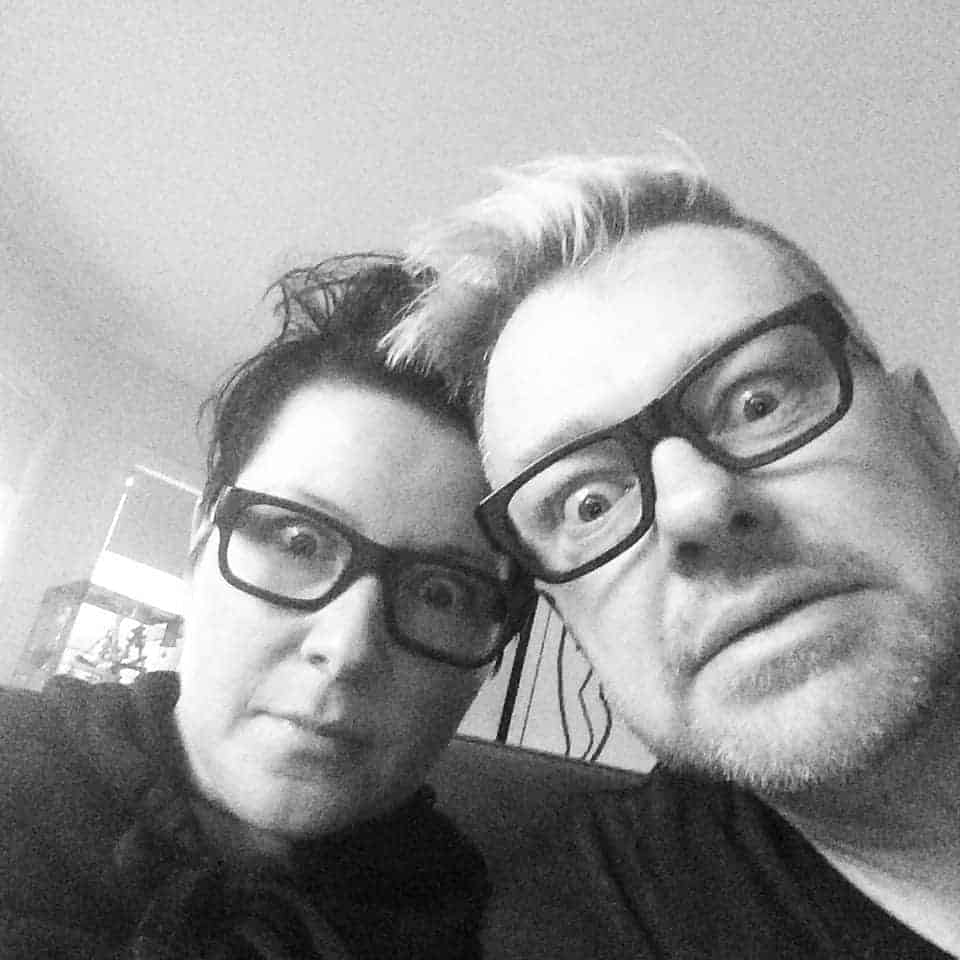 Founder of A Step Ahead Foot + Ankle Care in Sydney, and former president of the Australasian Podiatry Council, Dr Brenden Brown (A.K.A Dr Foot) is a wealth of knowledge on how to take care of your feet, including how to find the best shoes.
Founder of A Step Ahead Foot + Ankle Care in Sydney, and former president of the Australasian Podiatry Council, Dr Brenden Brown (A.K.A Dr Foot) is a wealth of knowledge on how to take care of your feet, including how to find the best shoes.
Follow him on social media:
instagram.com/askdrfoot
facebook.com/podiatristsydney
twitter.com/AStepAheadFAC
Related articles:
If you like this video, then check out our other related blog posts and videos:
* No medical treatment can guarantee 100% success. Registered medical and health professions in Australia are by law not allowed to guarantee success. This comes as a result of all human bodies reacting differently to treatments. Patients should thoroughly consider all treatment options available to them.
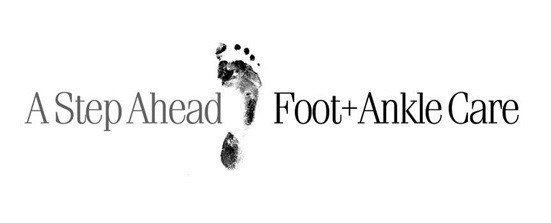
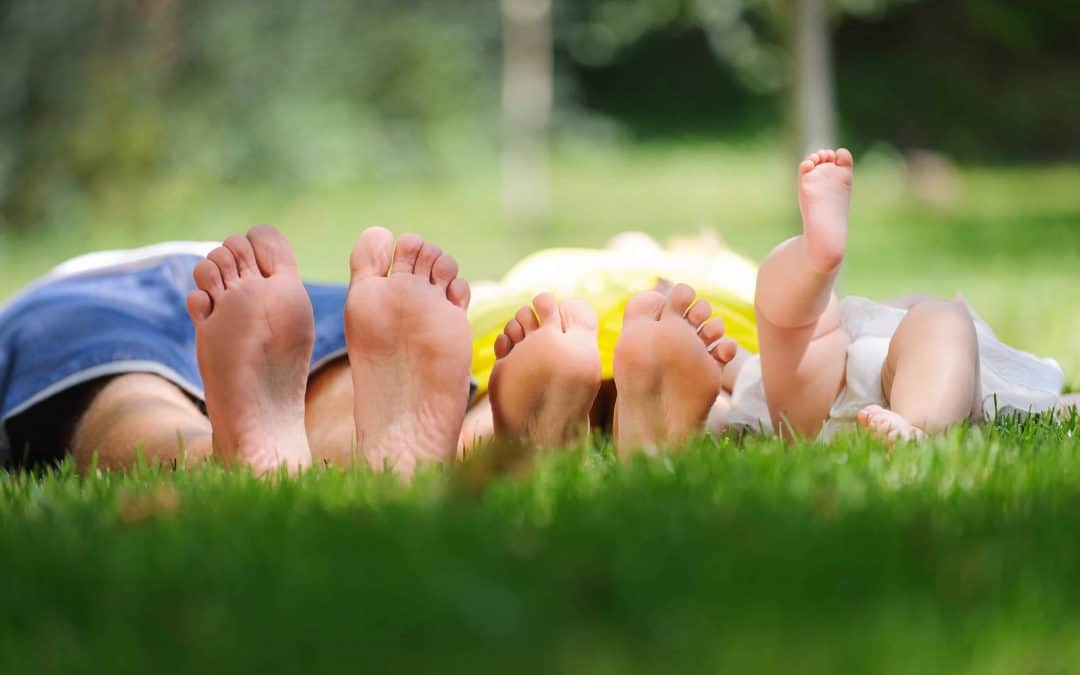
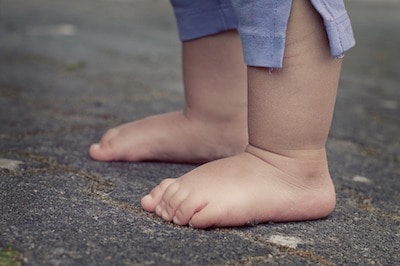



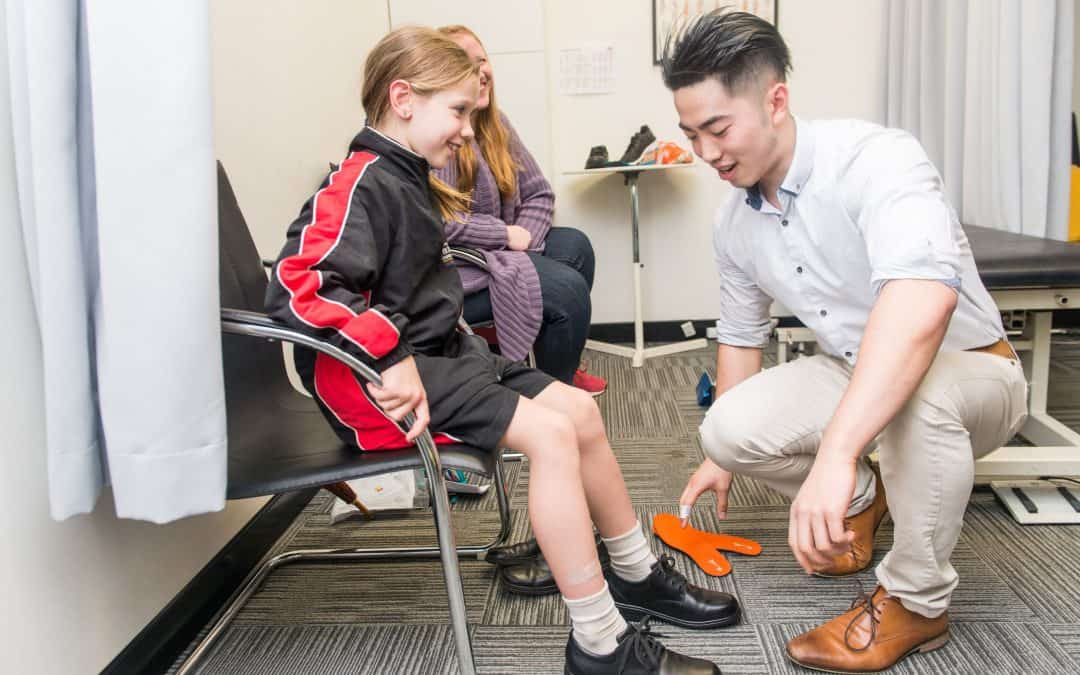


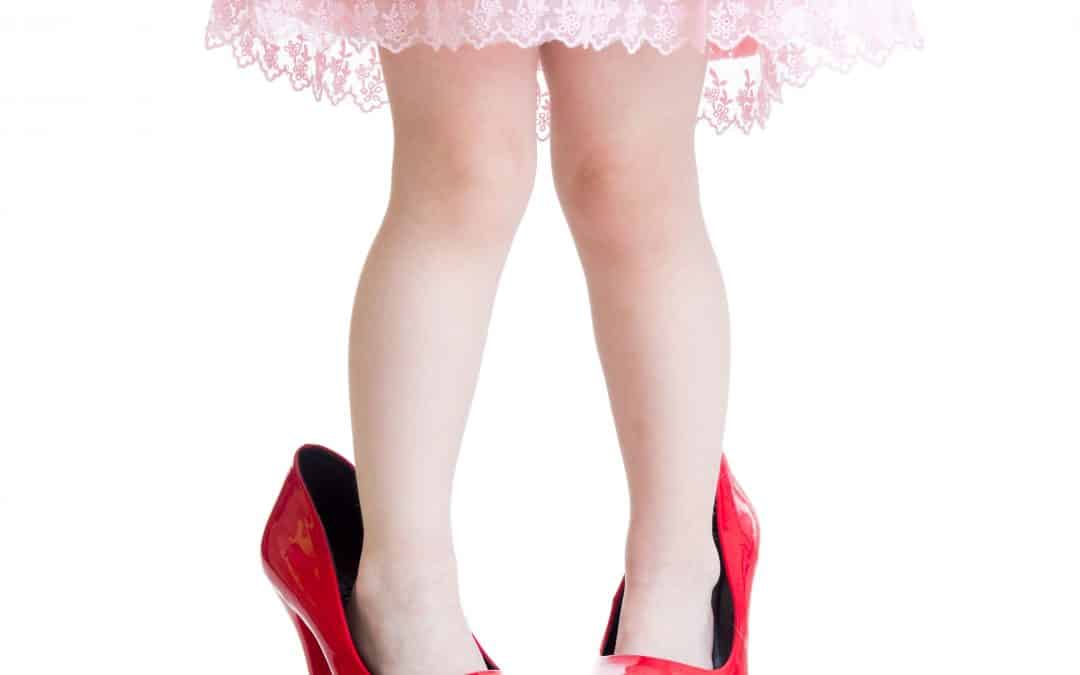
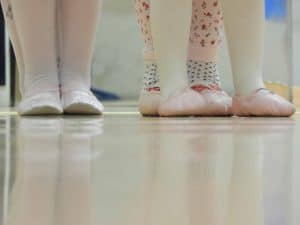



 Dr Brenden’s White paper report on the “6 Reasons You Won’t Beat Heal Pain” outlines what’s stopping you from beating this and tips on how to stop it in its tracks!
Dr Brenden’s White paper report on the “6 Reasons You Won’t Beat Heal Pain” outlines what’s stopping you from beating this and tips on how to stop it in its tracks!